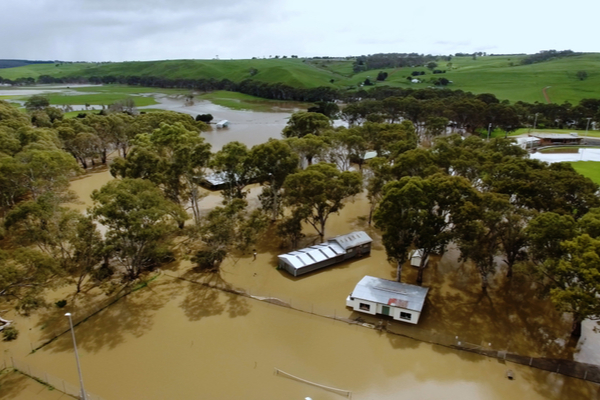The Australian Government Bureau of Meteorology has reported that they’ve just endured the wettest October on record since records began in 1900, as nearly double the average rainfall for the month occurred, leading to moderate to major flooding in the region during the month.
The previous month of heavy rainfall, fueled by La Niña-related events in September, set up the appropriate environment for many places in the region to become a new breeding ground for mosquitoes. Literally swarms of the blood-sucking insects descended upon the region with a vengeance, threatening wildlife, livestock, pets and humans alike with massive blood loss and mosquito-related diseases.
La Niña is a weather pattern that occurs in the Pacific Ocean. In this pattern, strong winds blow warm water at the ocean’s surface from South America to Indonesia. As the warm water moves west, cold water from the deep rises to the surface near the coast of South America.
La Niña years can heavily impact Australians, with years full of La Niña watches, alerts and impacts, according to the BOM El Nino-Southern Oscillation forecast. “A La Niña year can increase the risk of mosquito-borne diseases,” reported the government’s Commonwealth Scientific and Industrial Research Organisation agency.
Unfortunately for water-logged Australians, the heavy rainfall doesn’t seem to be going away anytime soon. AccuWeather’s forecast indicates La Niña effects could continue to impact the area until early 2023.
—
Photo Credit: Powerhouse Productions / Shutterstock.com
